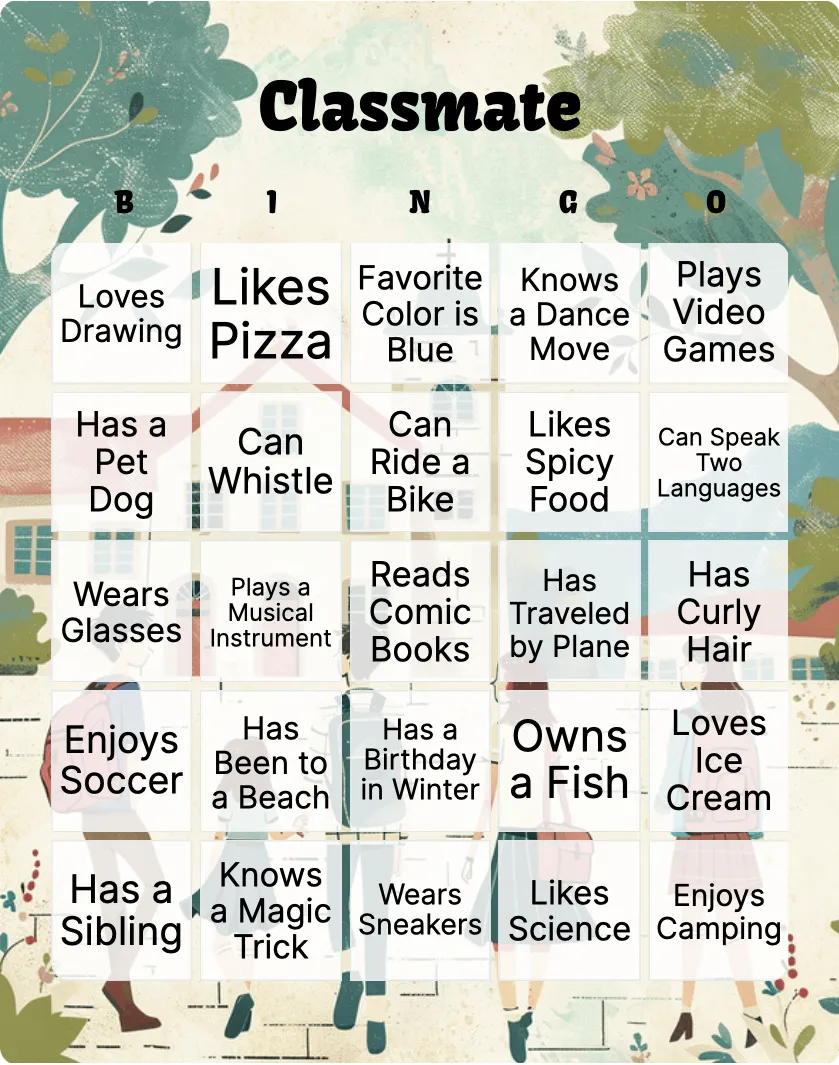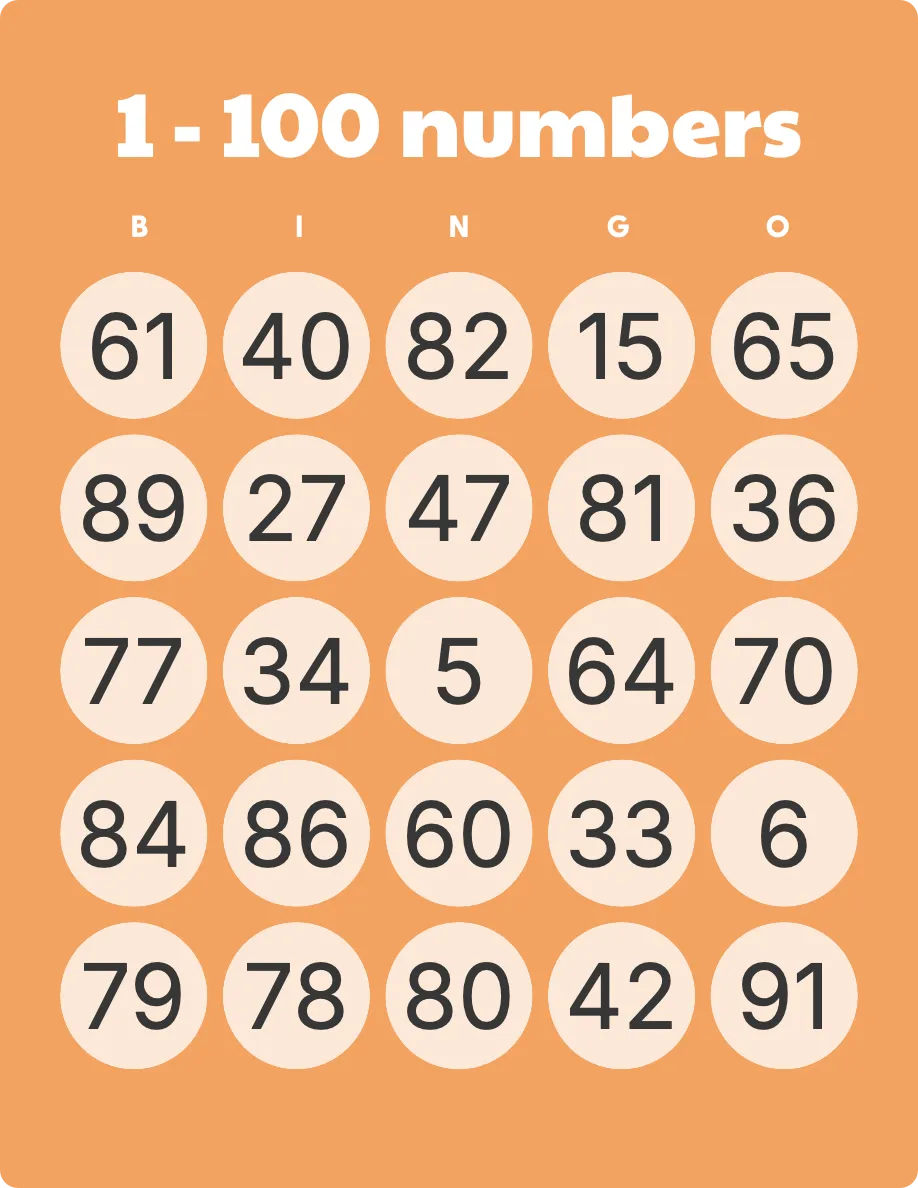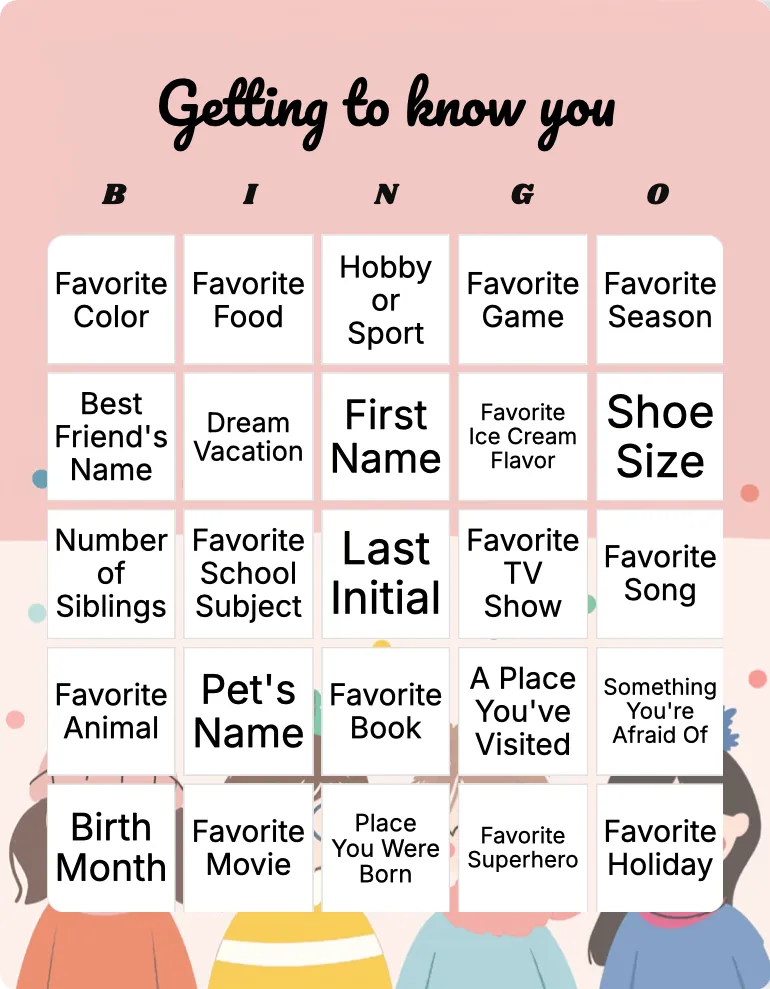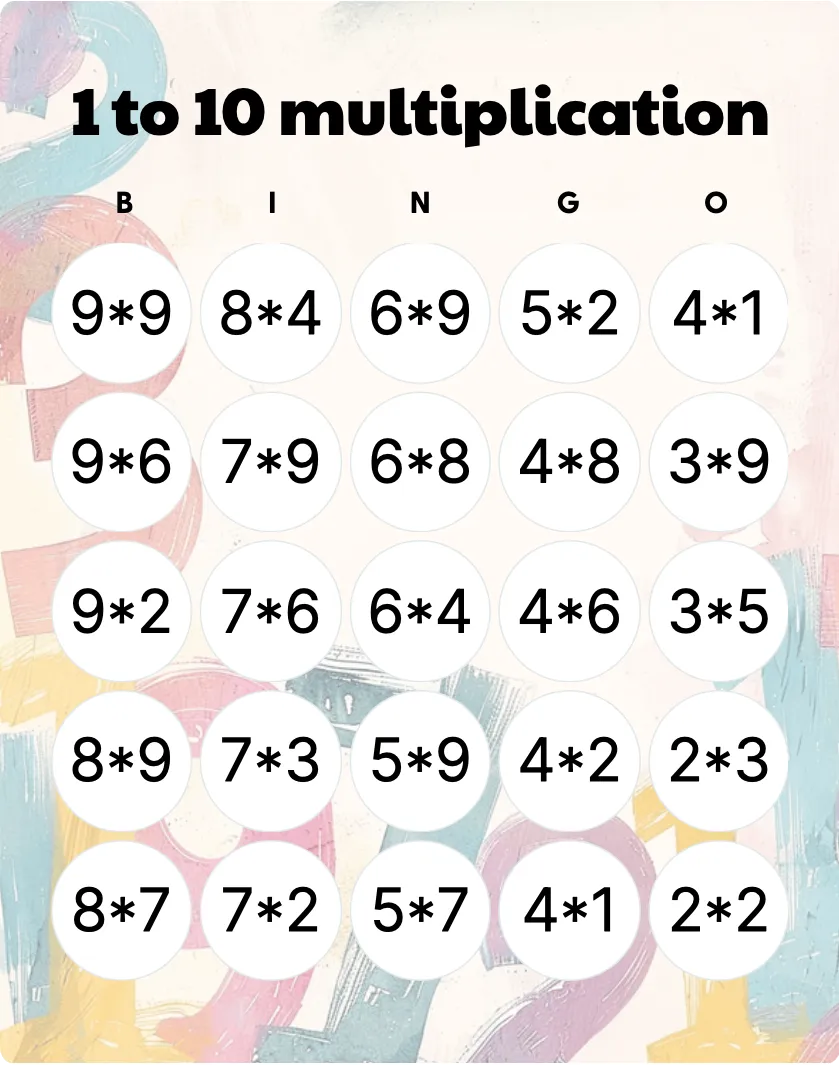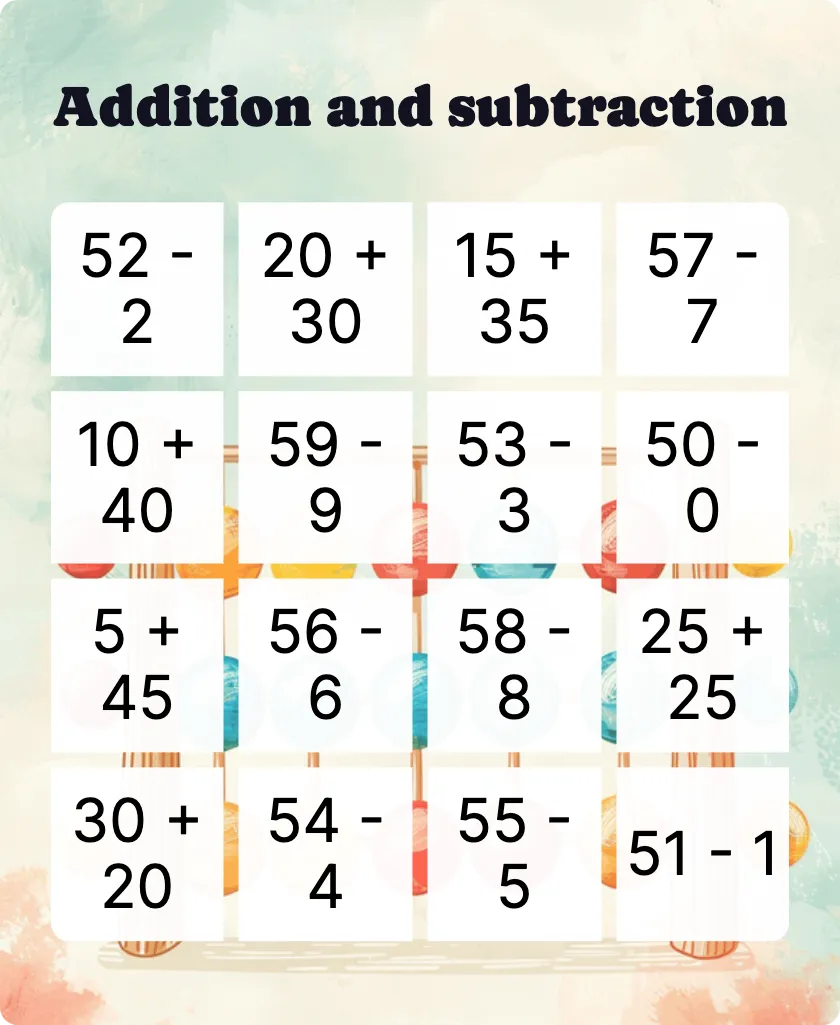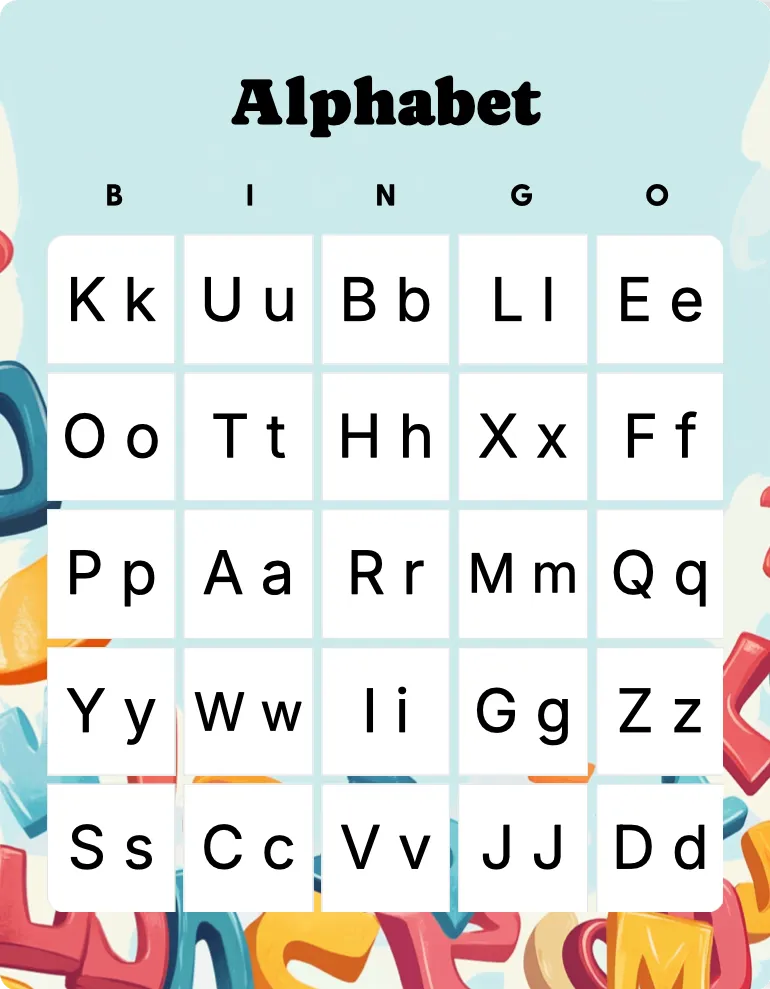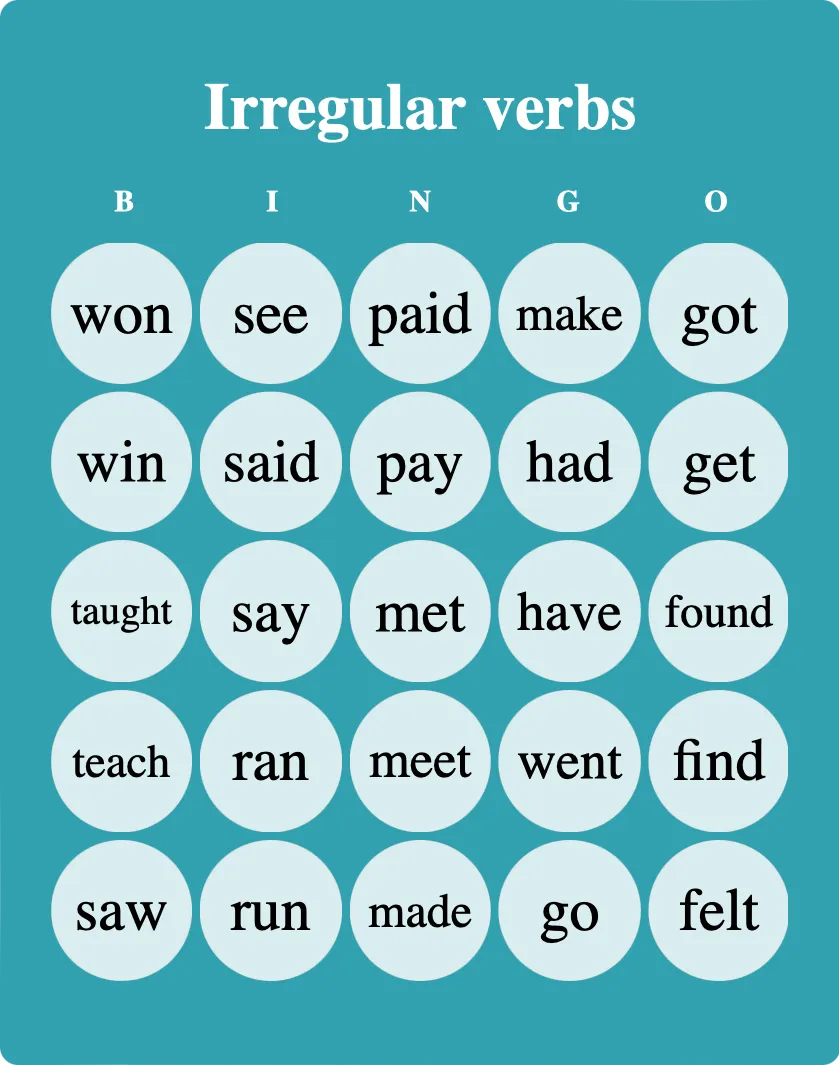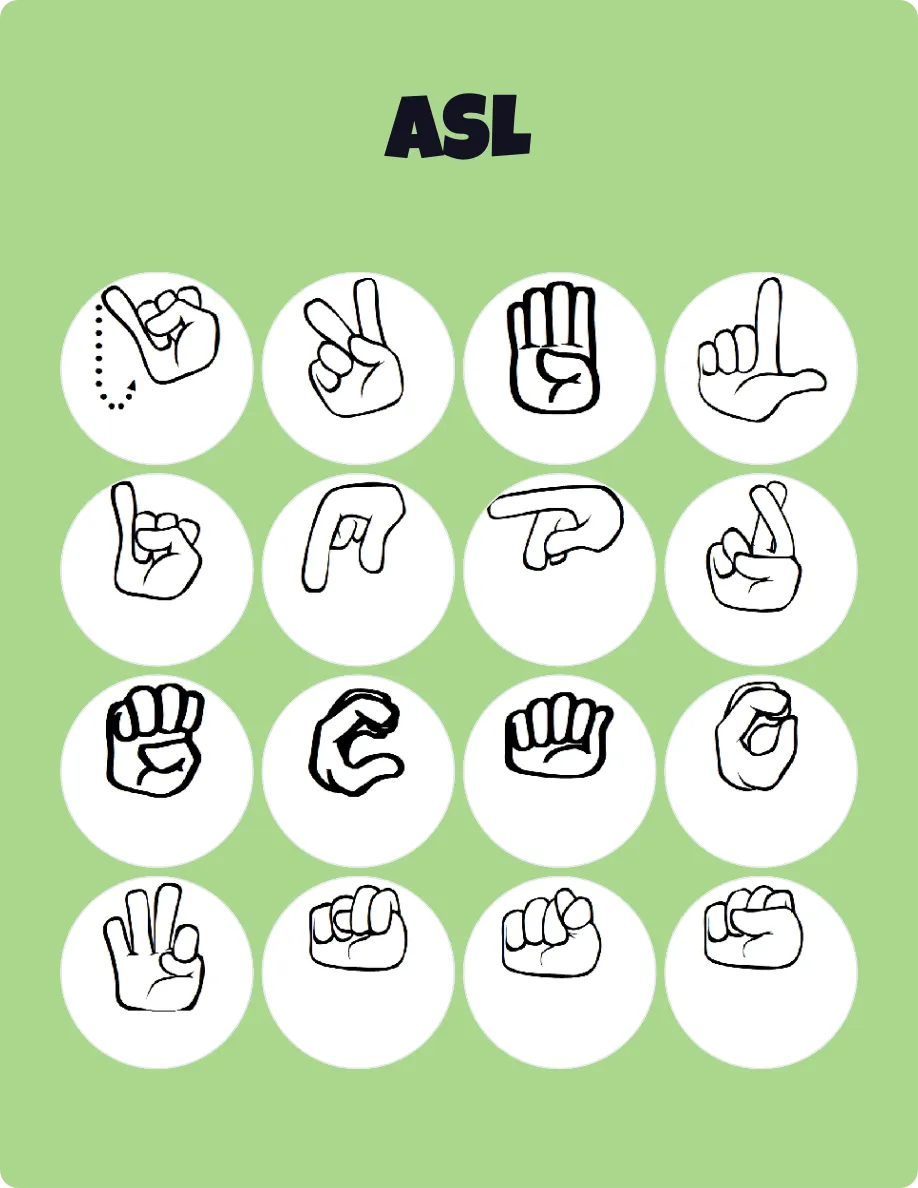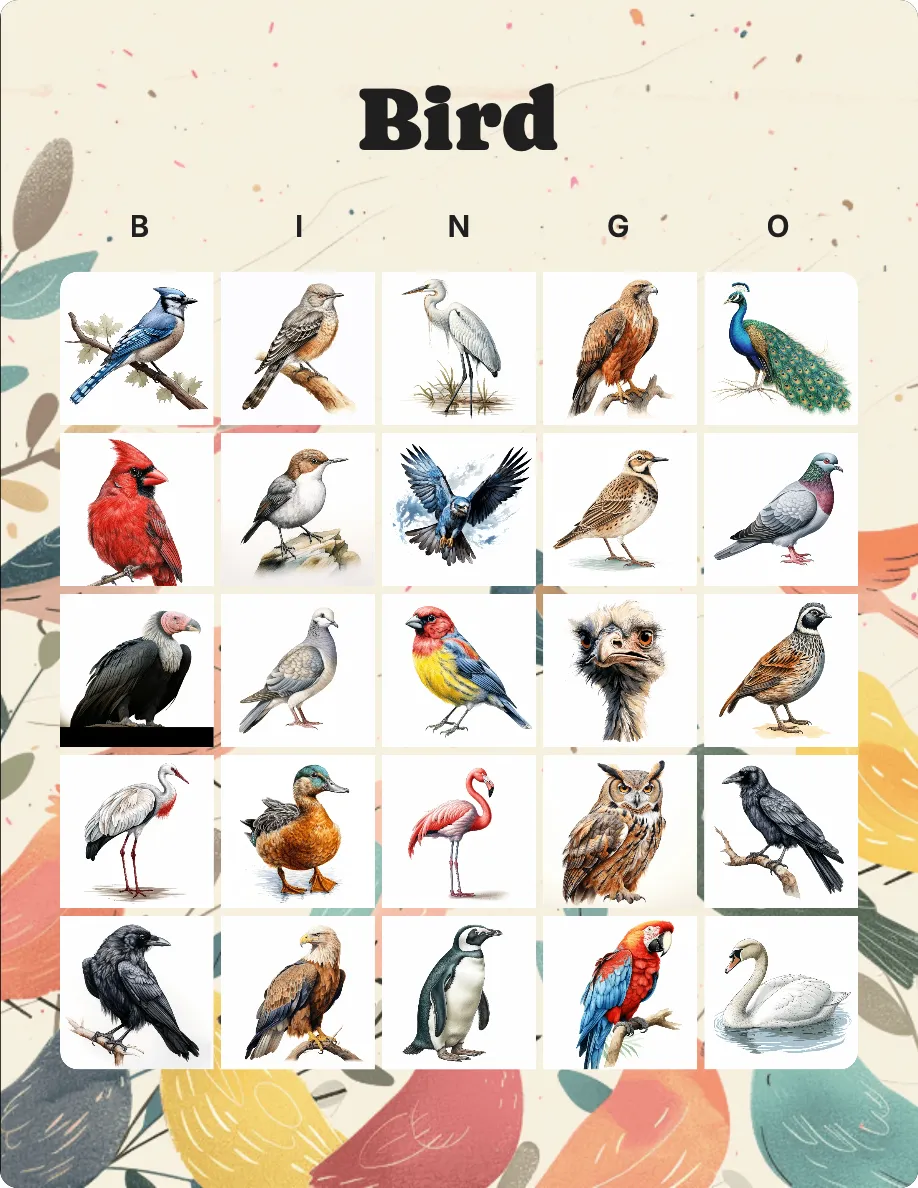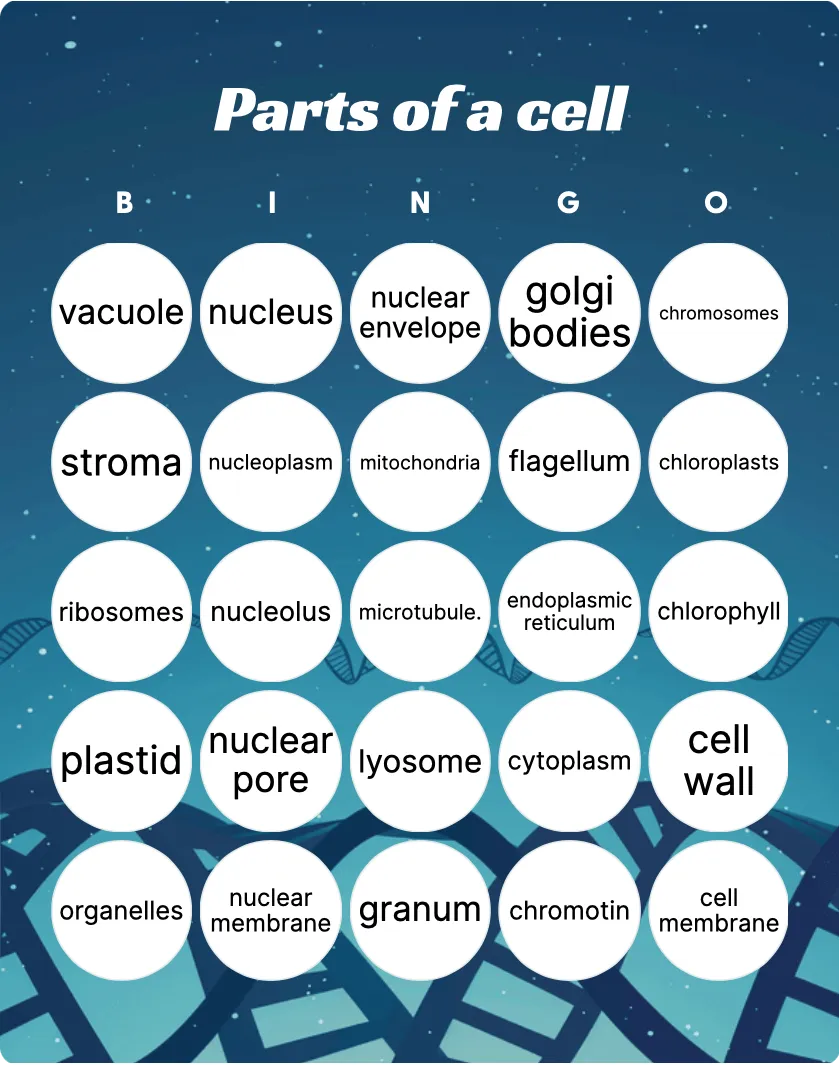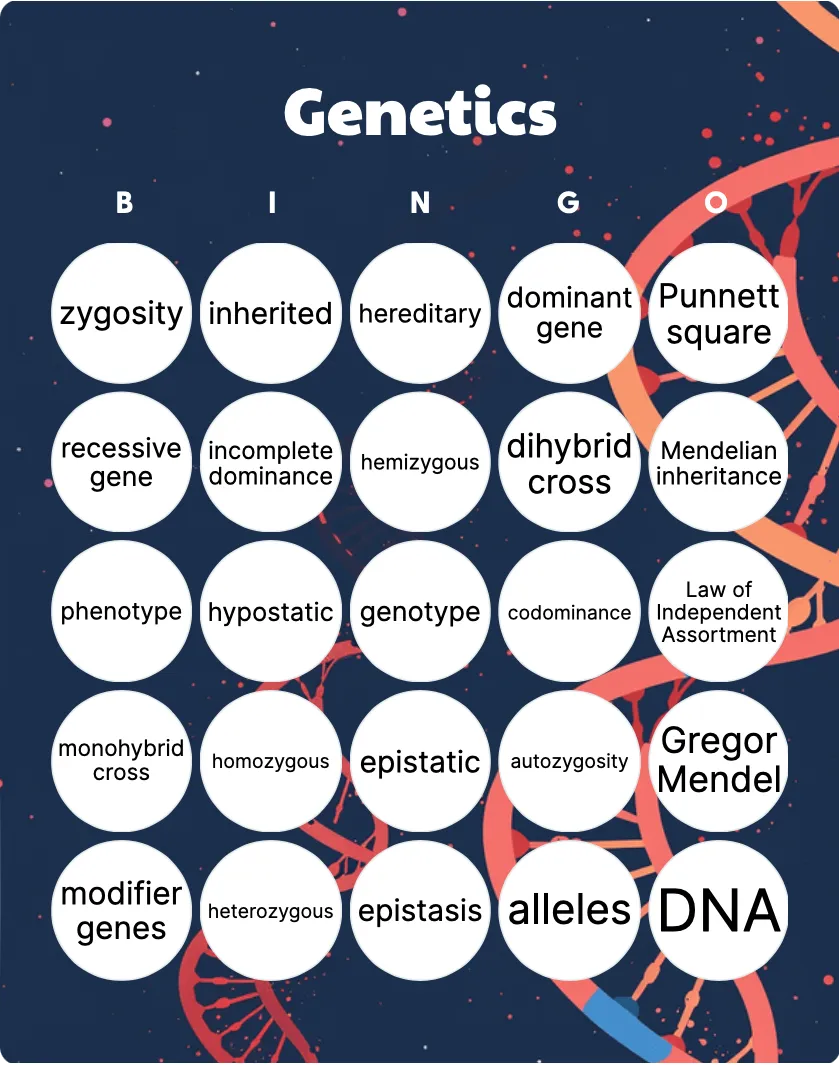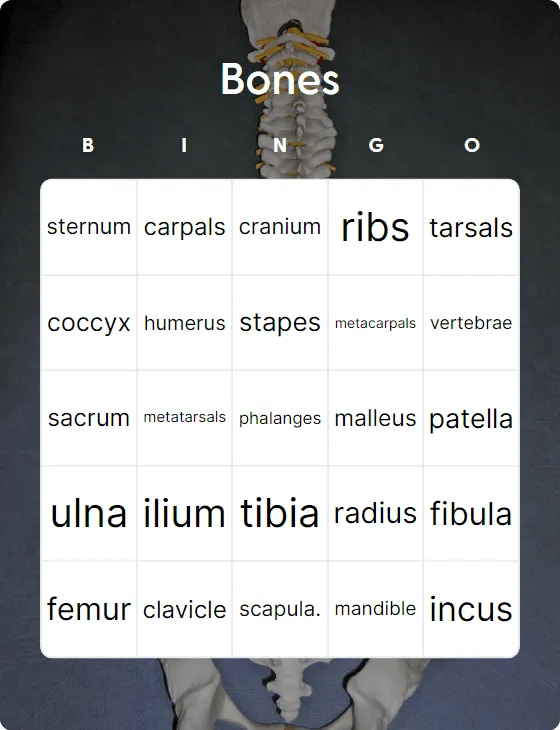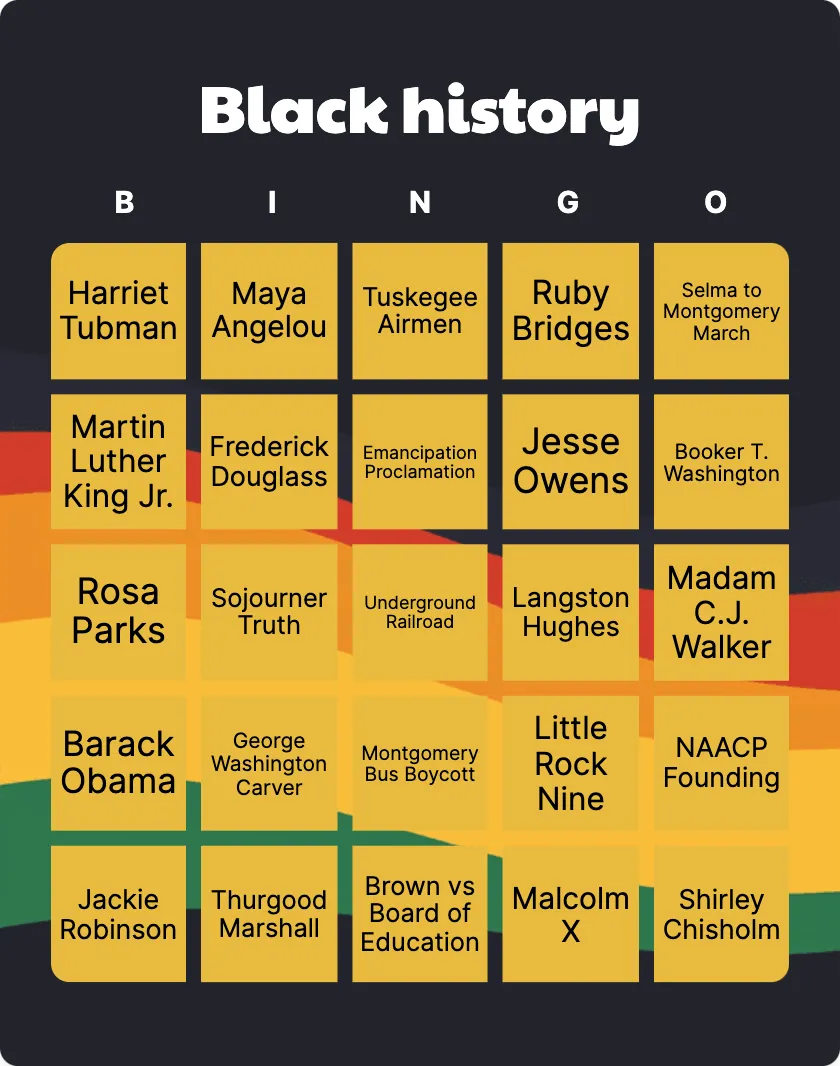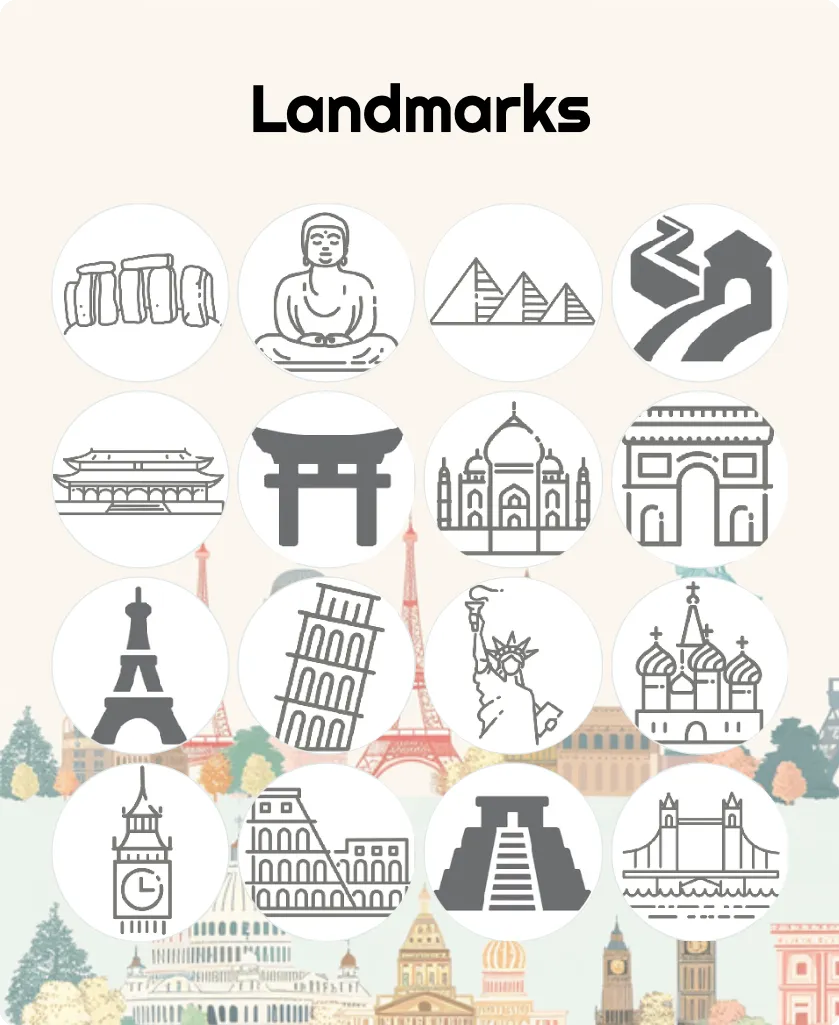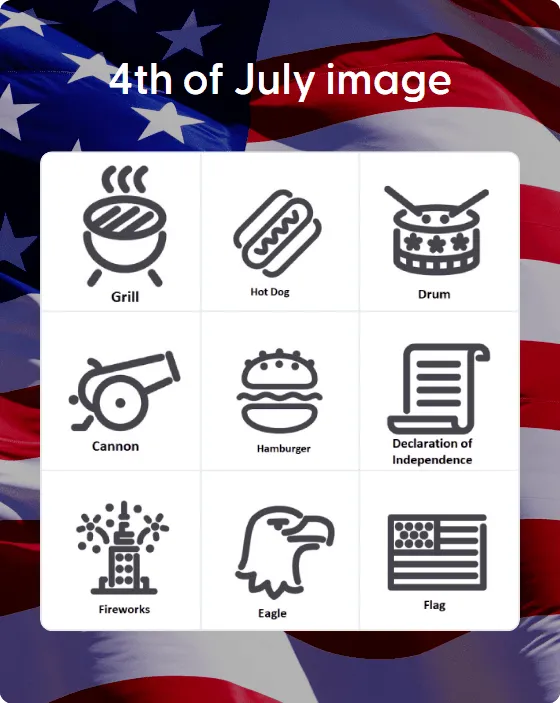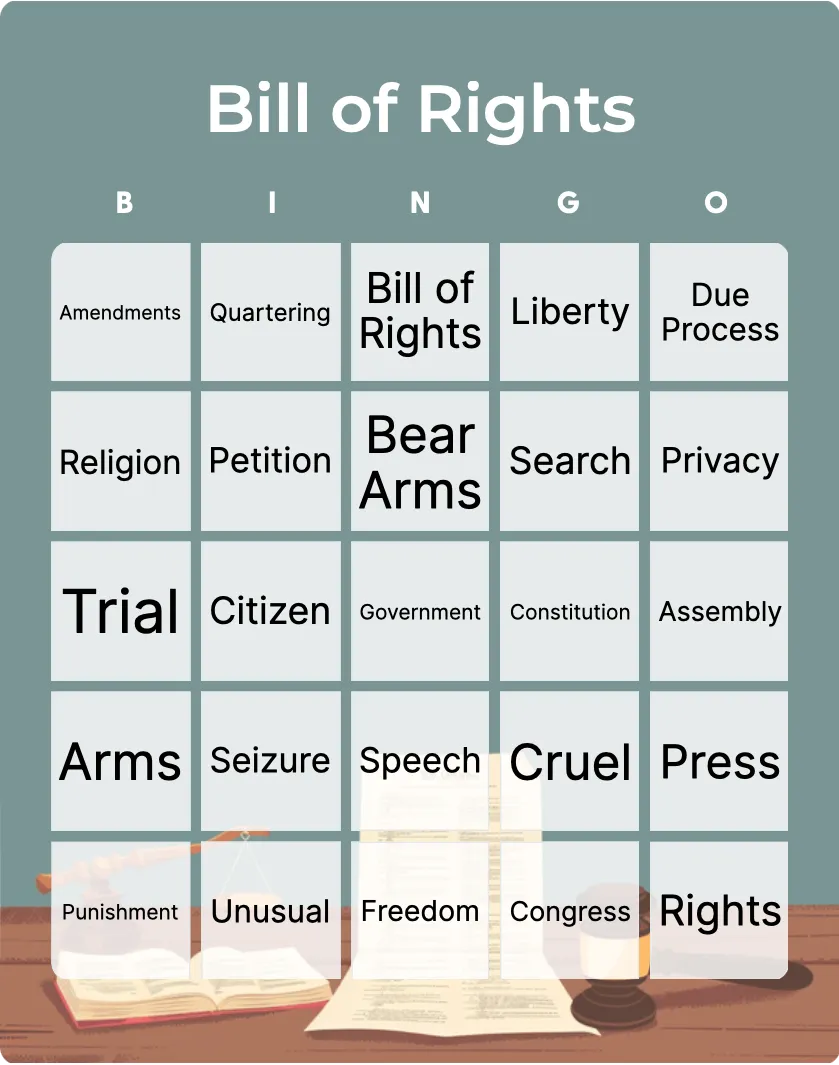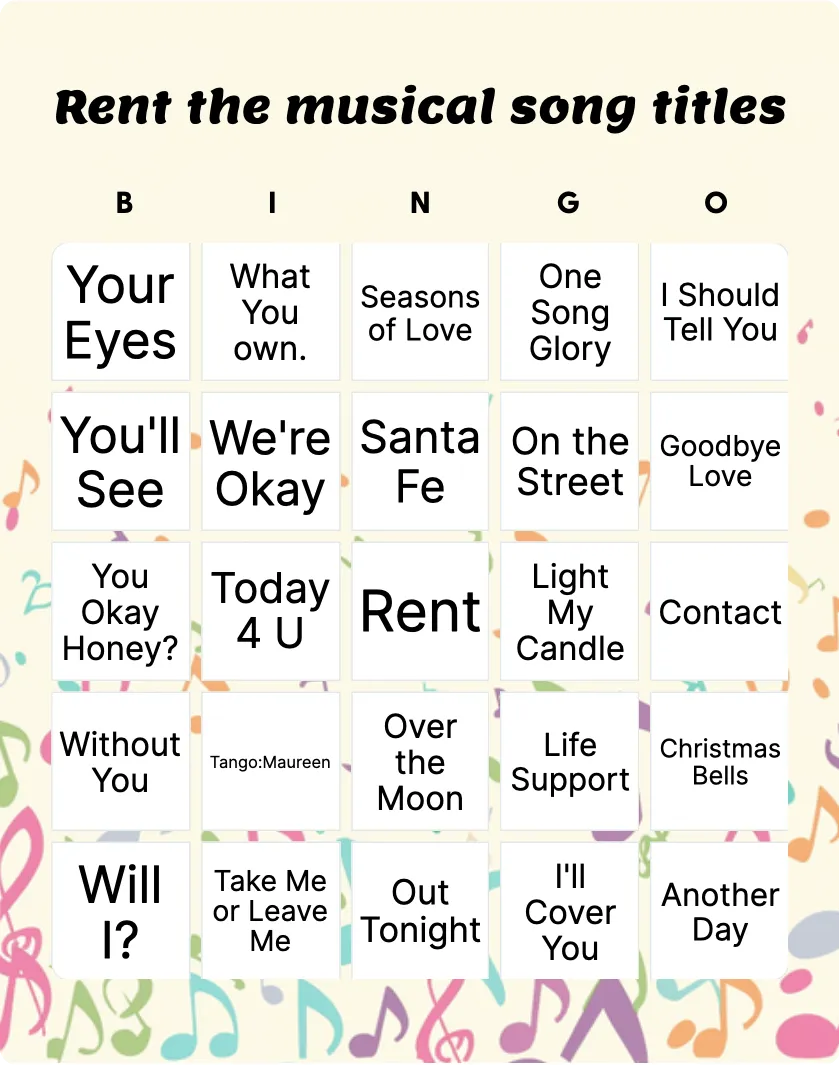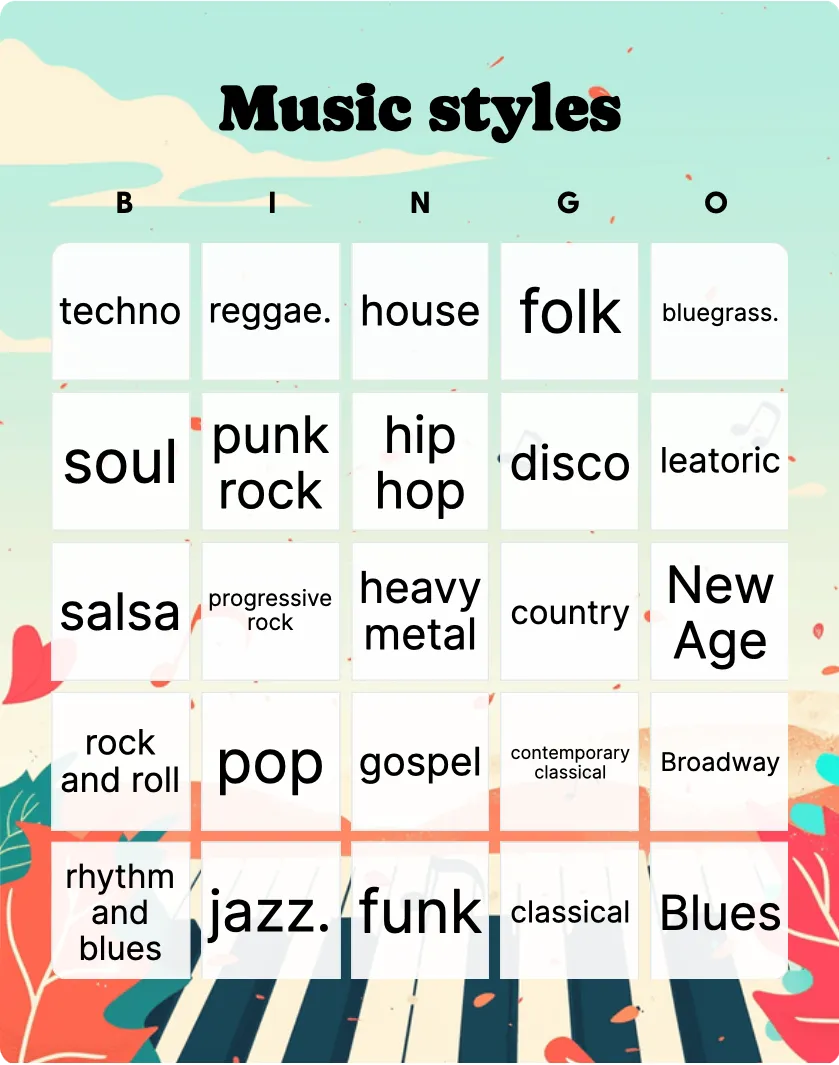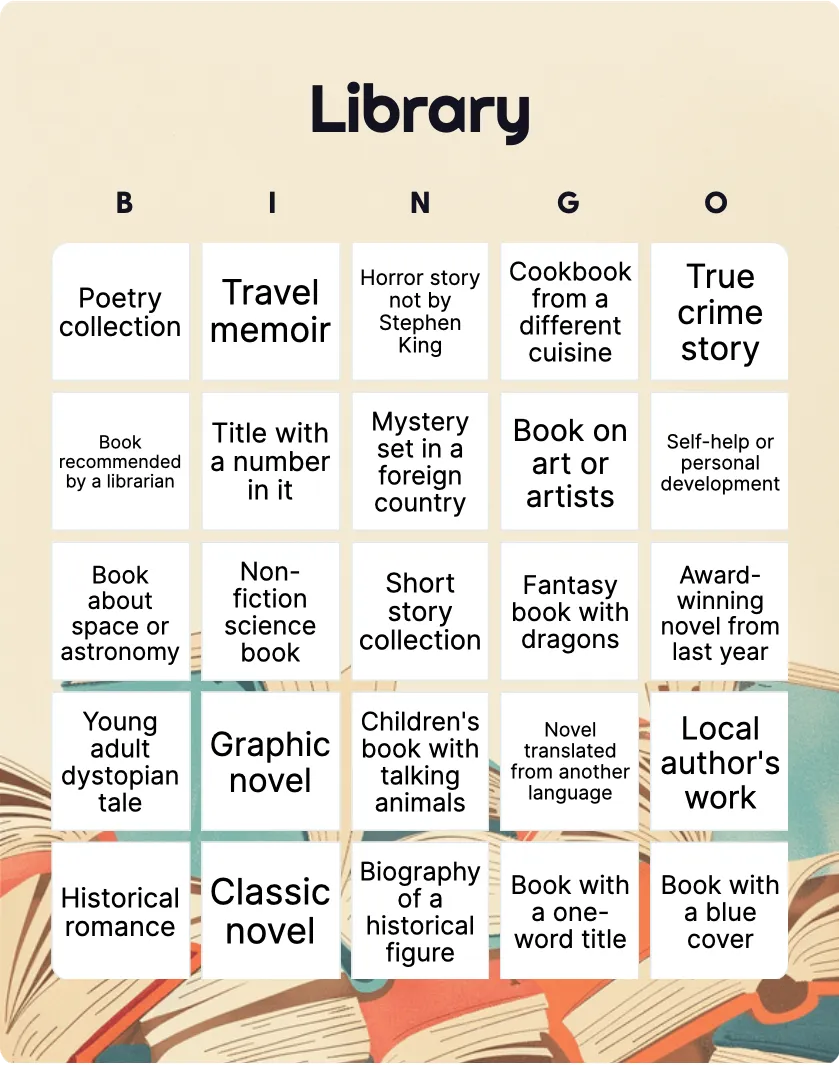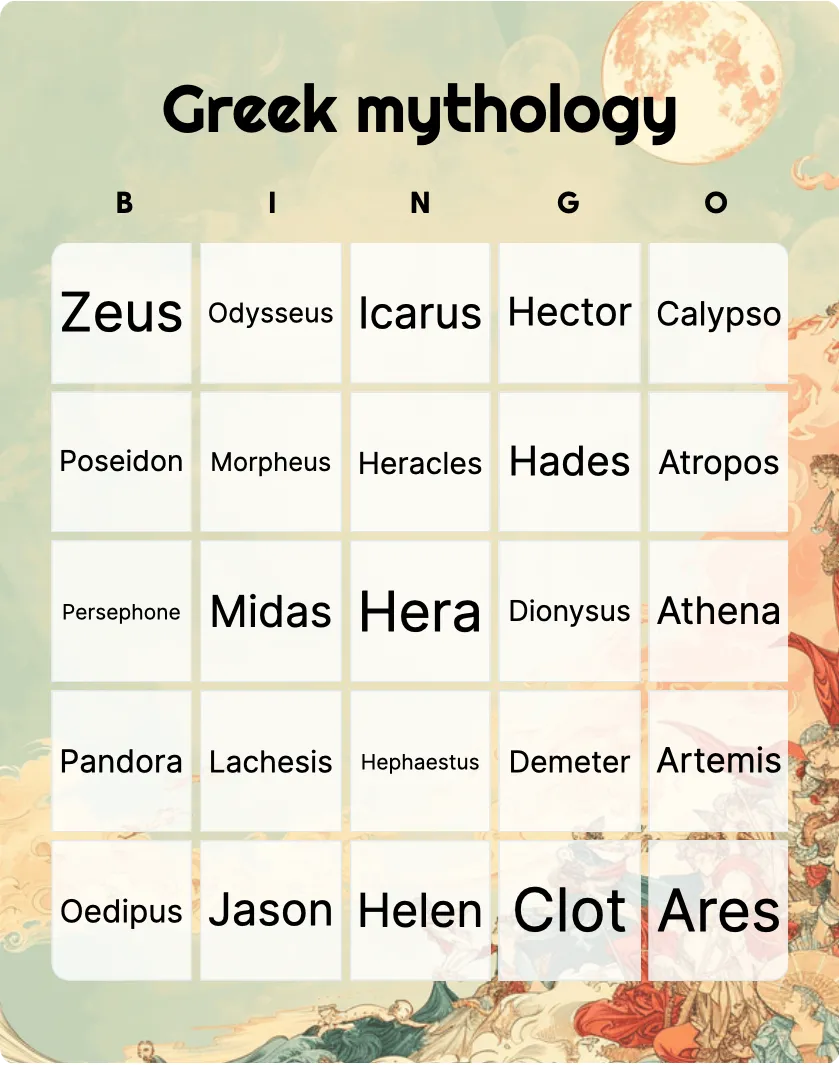Bingo in the classroom: A fun & educational tool
Bingo in the classroom transforms learning into an engaging game. Customizable cards for subjects like Math, Science, and Language Arts make lessons fun, inclusive, and interactive for all students.
- Reading Time
- 11 min read
- Publish Date
- Nov 12, 2023
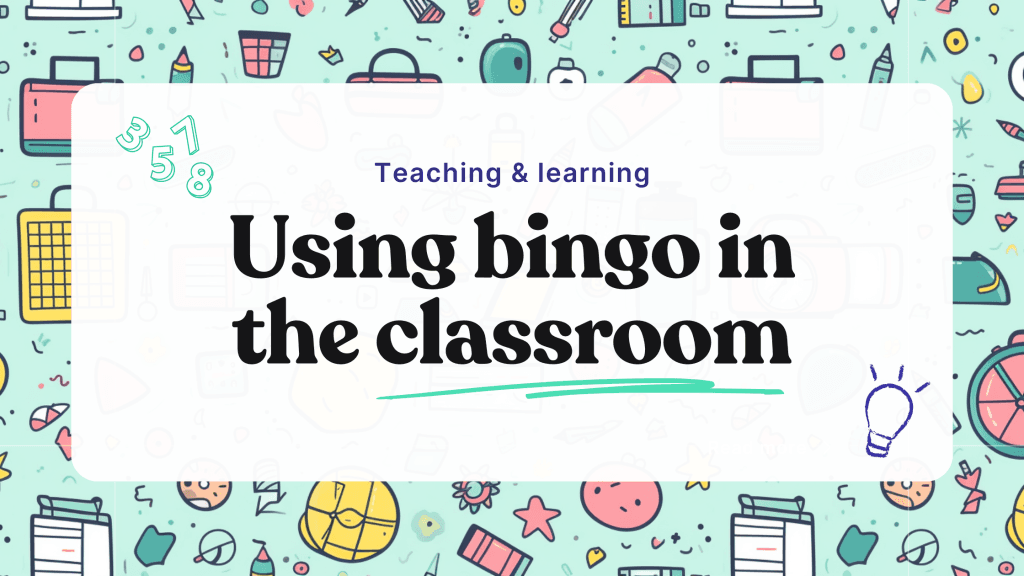
Bingo isn't just a game for leisurely afternoons; it's a dynamic educational tool that's making waves in classrooms around the world. With its simple rules and adaptable format, Bingo is being reinvented by educators to teach a wide range of subjects to students of all ages. In this article, we'll explore how this timeless game can be a game-changer in educational settings.
Table of contents

Benefits of bingo in education
- Engagement: Transforms learning into an exciting activity, sustaining student interest and participation.
- Versatility: Adaptable to any subject, making it a valuable tool for reinforcing diverse learning objectives.
- Social interaction: Encourages communication and collaboration among students, fostering community and teamwork.
- Cognitive skills development: Enhances memory, concentration, and critical thinking, crucial for intellectual growth.
- Reinforcement of learning: Acts as an effective tool for consolidating knowledge, aiding in information recall.
- Inclusivity: Easily adaptable to accommodate different learning styles and needs, ensuring participation from all students.
- Motivation and reward: The competitive nature and prospect of winning increase student motivation and engagement.
- Feedback opportunity: Provides teachers with insights into student understanding and progress, serving as an informal assessment tool.
Impact of bingo on student learning: A study
In a notable study, a Bingo game was designed to increase student engagement and offer diverse learning opportunities. Each square of the Bingo card contained different activities like videos, puzzles, and quizzes, appealing to various learning styles.
The game was integrated into an "Introduction to Clinical Pharmacy Skills" course. A significant portion of the class achieved Bingo, with 74.6% in the fall and 81.9% in the spring. Impressively, these students scored on average 7 to 10 points higher than the average grade from the previous six semesters.
This study illustrates that Bingo can be a potent tool in education, enhancing student interaction with course material and positively impacting academic performance.
Setting up bingo in the classroom
Integrating Bingo into your classroom is a straightforward process, but it does require some preparation and creativity. Here's a step-by-step guide to help you set up and customize Bingo for your educational needs.

Materials needed
To begin, you'll need the following:
- Bingo cards: This is where our card generator becomes invaluable. You can generate and print out as many randomized cards as you need for your class. The cards can be printed in a traditional 5x5 grid format or customized to different sizes depending on your lesson plan.
- Bingo callers: Decide on how you'll call out the items. This can be as simple as reading from a list, using a bingo number generator, or even incorporating multimedia presentations for a more interactive experience.
- Markers: Students will need something to mark their cards with. This can be anything from beans, coins, paper clips, or even custom markers you create and print.
- Prizes (Optional): Consider having small bingo rewards for winners to add extra excitement. These could be stickers, certificates, or even a homework pass.
Customization
Bingo Card Creator allows for extensive customization to tailor the game to your educational goals:
- Content: Choose what goes in each square. For younger kids, this might be pictures or simple words. For older students, consider more complex text, math problems, or scientific concepts.
- Design: Select colors, background images, and fonts to make your Bingo cards visually appealing and aligned with the lesson's theme. This could mean using bright, engaging colors for younger kids or more sophisticated designs for older students.
- Layout: Adjust the grid size if needed. A traditional 5x5 grid works well for most purposes, but you can experiment with different layouts for varied complexity or to fit more or fewer items.
Top tip
When designing your Bingo cards, always keep your lesson objectives in mind. This ensures that the game aligns with your educational goals. For example:
- Language Arts: Use vocabulary words, parts of speech, or literary terms.
- Math: Incorporate math problems, shapes, or equations.
- Science: Use terms, diagrams, or experiment steps.
- History/Geography: Include historical figures, dates, landmarks, or map features.
- Art/Music: Feature artist names, musical instruments, or art techniques.
Aligning the Bingo content with your curriculum not only makes the game educational but also helps reinforce the material in a fun and memorable way.
If you're looking for a headstart, make sure to try one of our many pre-made educational bingo card templates.
Educational bingo
Setting up online bingo in the classroom
Online bingo leverages technology to create an interactive and inclusive learning environment. With tools like Bingo Card Creator, you can generate digital bingo cards that students can access from their computers or tablets. This method is particularly advantageous for remote learning, hybrid classrooms, or simply integrating technology into everyday lessons.
Steps to start an online bingo game
- Choose a platform: Select a platform or tool that allows you to create and distribute randomized digital bingo cards. Ensure it's user-friendly and accessible to all students.
- Create your bingo cards: Tailor the bingo cards to your lesson's content. This could include anything from vocabulary words to historical figures or math problems.
- Distribute cards: Share the digital bingo cards with students via email or a shareable link if you're using Bingo Card Creator.
- Conduct the game: Use a video conferencing tool to host the game live. Or play in person but use a virtual caller. Call out the items and let students mark their cards digitally. With Bingo Card Creator, we give you the option in the app of making calls manually, on a timer, or no calls at all, leaving it to you to make calls yourself in whichever way you want.
- Bingo!: Some online tools, like ours, let you verify the bingo yourself. When a student marks a card as bingo in the software, you, as the caller, will see their card on your screen. You also have options to auto-verify if you want a more hands-off approach.
Advantages of online bingo
- Flexibility: Online bingo can be played synchronously in a live session or asynchronously to accommodate different schedules.
- Ease of Access: Digital bingo eliminates the need for printing, making it easier and more environmentally friendly.
- Engagement: It keeps students engaged in a format they’re familiar with and enjoy, especially in a remote learning context.
- Inclusivity: Digital platforms can offer accessibility features, making the game more inclusive for students with different needs.
Creative ways to use bingo in different subjects
Mathematics

Bingo can transform math lessons into interactive learning experiences. For instance, for younger students, create Bingo cards with simple addition and subtraction problems. Students solve these problems to find the answers on their cards. For older students, incorporate more complex algebraic equations or geometric shapes. You could even have a 'Bingo Math Challenge' where students must solve a problem before marking their card.
Math bingo
Language
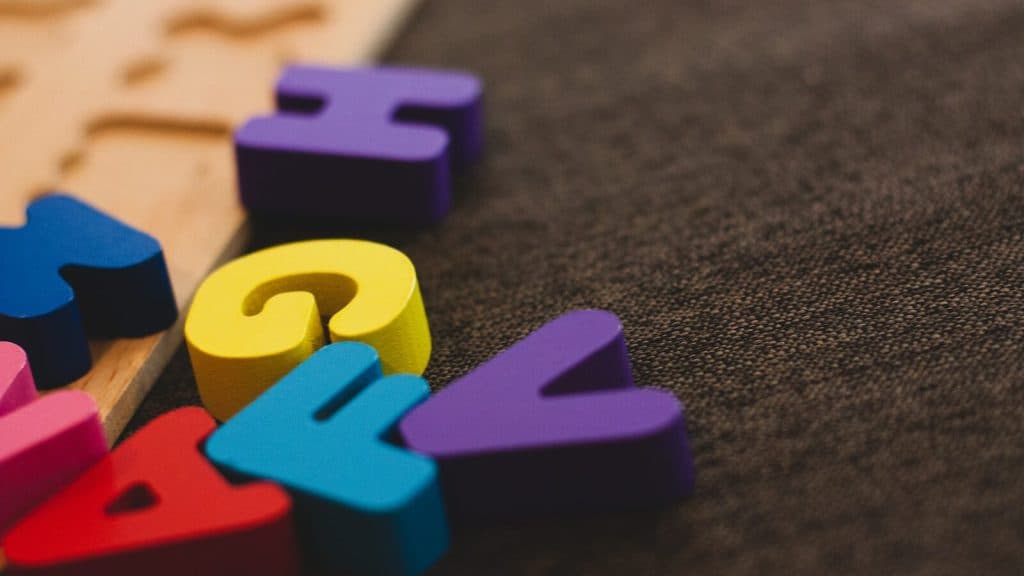
Use Bingo to enhance vocabulary, grammar, and literary skills. For example, create a 'Vocabulary Bingo' where each square contains a new word. When a word is called, students could be asked to provide a synonym, antonym, or use it in a sentence. For older students, you could use excerpts from literature or famous quotes where they have to identify the author or the context in the book.
Languages bingo
Science

Create Bingo cards featuring elements from the periodic table, species of plants or animals, or parts of the human body. For a more interactive experience, use images instead of words and have students identify what they represent. For advanced classes, you could include more complex concepts like laws of physics or chemical reactions.
Science bingo
History and Geography

Engage students with historical events, figures, or geographical facts through Bingo. For example, use significant dates or events for a history lesson. For geography, you could use capitals, country flags, or landmarks. Challenge older students with historical quotes or context-based questions linked to the Bingo squares.
History bingo
Art and Music

Incorporate Bingo into art and music education by using cards that feature famous artworks, musical symbols, artist names, or instruments. For a music class, you might play a short piece of music, and students have to identify the composer or the period it belongs to.
Music education bingo
Encouraging reading
Book bingo can be an innovative way to encourage reading and literary exploration. For younger students, you can create Bingo cards featuring various book genres, characters, or settings. Each time a student reads a book that fits a category, they mark off that square. This encourages them to diversify their reading choices.
Book bingo
Tips for effective implementation
Classroom management

Plan how you'll distribute and collect cards and chips to ensure smooth gameplay. Arrange the classroom in a way that allows all students to participate equally. Consider using a projector or an interactive whiteboard to display a caller for the whole class to see if required
Grouping and game dynamics
Divide the class into small groups or pairs to foster collaboration. This approach can be particularly effective for younger students who might need peer support. Rotate these groups with each game to encourage different social interactions.
Incorporating technology

Utilize available technology to enhance the Bingo experience. Digital Bingo platforms can be used to create and project Bingo games, making the setup process quicker and more engaging. Interactive tools can also allow for real-time marking and instant feedback.
Adapting to different age groups
Tailor Bingo games to different learning levels. For younger students, use pictures or basic concepts. For older or more advanced students, increase the complexity with abstract concepts or critical thinking questions.
Continuous assessment
Use Bingo as an informal assessment tool to gauge students' understanding. Observe how students engage with the game and answer questions, providing real-time feedback and adjustments to your teaching approach.
FAQs
Can bingo be used for all age groups in educational settings?
How do I create bingo cards that align with my curriculum?
What are some creative bingo patterns to keep the game interesting?
How can bingo facilitate learning for students with different abilities?
Is it possible to play bingo in a virtual classroom setting?
How often should I incorporate bingo into my lesson plans?
Conclusion
Bingo in the classroom is more than just a game; it's a versatile, engaging, and effective educational tool. Whether you're teaching elementary school students or high schoolers, Bingo can be adapted to suit your needs and help students learn in a fun, interactive way. Give Bingo a try and see the difference it can make in your classroom.
Was this article helpful?
Comments

Log into Bingo Card Creator
Log in to share your opinion about this article
Related articles
Browse all
10 free Christmas bingo templates
Spread holiday cheer with our 10 free printable Christmas bingo templates. Perfect for festive gatherings! Download, print, and let the holiday fun begin!

Thanksgiving bingo: Free printable fun!
Create custom Thanksgiving bingo cards with holiday icons, family traditions, and festive twists to bring extra fun to your celebration!

Music bingo 101: What is it & where it all began
Music bingo combines the excitement of song recognition with the classic bingo format, offering a fun and engaging experience for music enthusiasts.

